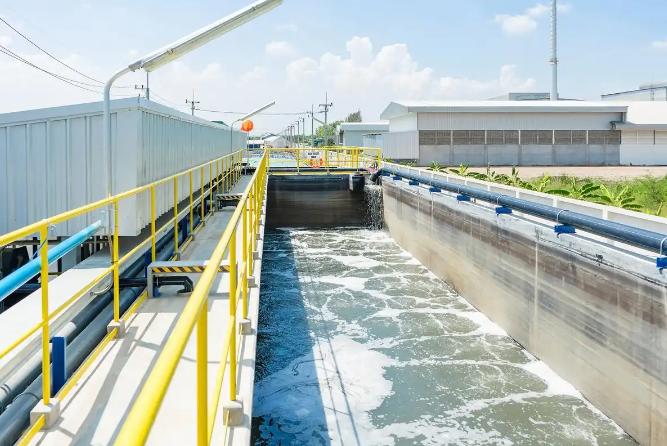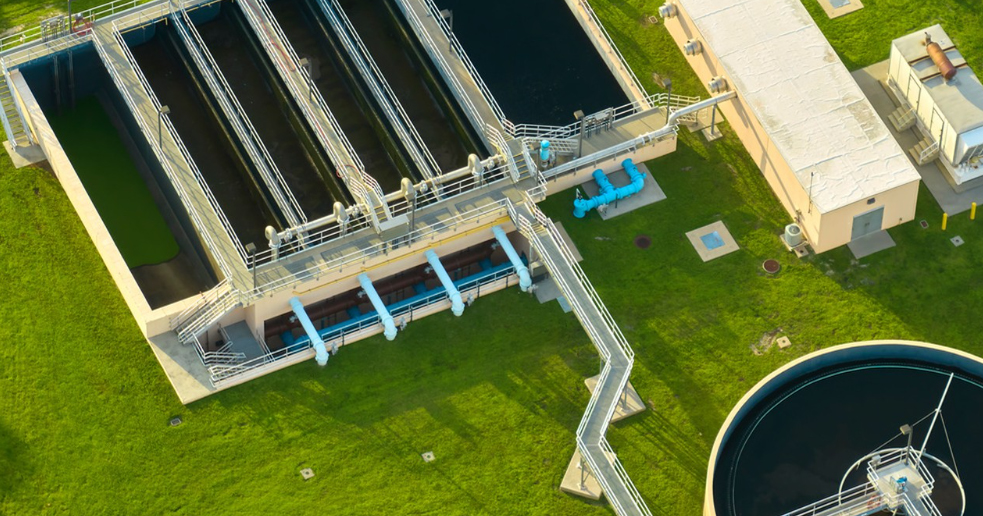While the textile industry is flourishing, the treatment of textile wastewater is facing severe challenges, with high chromaticity of wastewater being particularly prominent. If a large amount of wastewater containing dyes is discharged directly without treatment, it will not only destroy the beauty of the water body, but also hinder the photosynthesis of aquatic organisms and threaten ecological balance. Therefore, decolorizing agents have become an indispensable key element in textile wastewater treatment.
There are various types of decolorizing agents, and different types of decolorizing agents (color removal agents, decolorizants, industrial decolorizing agents) have different mechanisms of action and application scenarios. Inorganic coagulation decolorizing agents, such as polyaluminum chloride and polymeric ferric sulfate, can achieve decolorization by compressing the double layer, adsorbing and neutralizing the dye colloidal particles in wastewater, causing them to aggregate and form larger flocs, thereby achieving decolorization effect. This decolorizing agent has a relatively low cost and is widely used in treating textile wastewater mainly containing anionic dyes. However, its decolorization effect on certain highly soluble dyes is limited.

Organic polymer decolorizers stand out due to their strong adsorption and bridging effects. They can undergo electrostatic attraction, hydrogen bonding, and other interactions with dye molecules, condensing them into clusters to achieve efficient decolorization. This type of decolorizing agent has high decolorization efficiency and a wide range of applications, especially for the treatment of reactive dyes, acid dyes, etc., but the price is relatively high, and some organic polymers may have biological toxicity.
In recent years, biological decolorizers have also gradually emerged. Some microorganisms and their metabolites can be used as natural decolorizers to remove dyes from wastewater through biodegradation, adsorption, and other methods. Biological decolorizers have the advantages of environmental friendliness and no secondary pollution, but the treatment process is relatively slow and requires strict environmental conditions.
In actual textile wastewater treatment, a single decolorizing agent is often unable to meet complex treatment needs. Usually, multiple decolorizing agents (industrial decolorizer agents) are used in combination with the water quality characteristics of the wastewater, or combined with other treatment processes such as biological treatment, advanced oxidation, etc., to achieve the best decolorization effect and overall treatment efficiency, and to help the textile industry develop towards a green and environmentally friendly direction.
As a professional chemicals manufacturer in the water treatment Industry, Sanmei have helped more than 5,000 plants with process solutions and helped them improve production efficiency, reduce costs, and optimize profit plans. Our main goal is to assist you in optimizing production efficiency and profitability in a sustainable way. Welcome to consult us and get a free wastewater treatment solution by filling in the form below or email to brian@san-mei.com.












